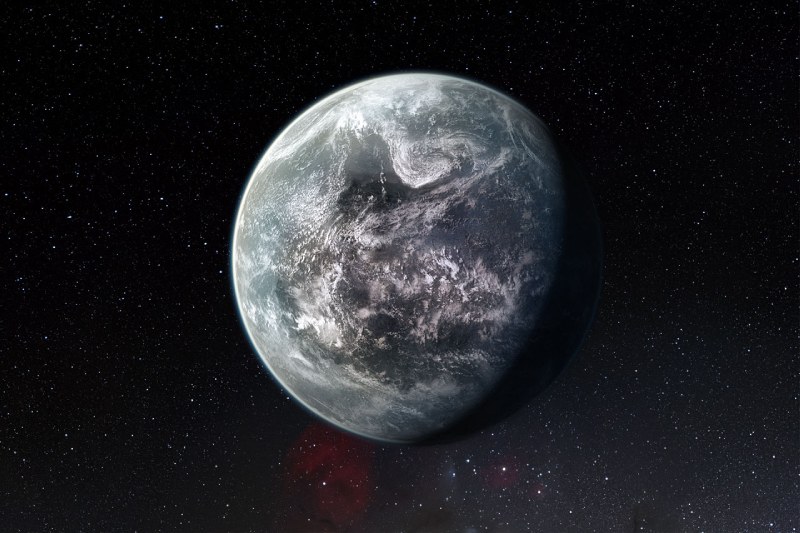Only 73 light years away, an Earth-sized planet has been found by astronomers around a star that resembles our sun. Two larger planets were found circling the star in 2020 by earlier investigations utilizing the Transiting Exoplanet Survey Satellite (TESS); the new planet was found during follow-up observations intended to corroborate the earlier findings.
Earth-sized planets have been discovered orbiting far-off stars before, but almost all of them have been found around smaller, colder red dwarf stars rather than G-type main sequence stars like the sun. The latest discovery’s relative proximity to Earth presents further opportunity for in-depth research, with the potential to yield hitherto undiscovered information.
Melinda Soares-Furtado, a NASA Hubble Fellow at the University of Wisconsin–Madison and the primary author of the report describing the remarkable discovery, said, “It’s a useful planet because it may be like an early Earth.”
PLANET EARTH-SIZED AND DIFFERENT FROM OUR EARTH
Soares-Furtao, her colleague Benjamin Capistrant, and an international team of researchers describe how they made the surprising discovery and how it might provide hints about Earth’s formation in their article, which was published in the Astronomical Journal.
For instance, the size of the new planet, known as HD 63433d, is comparable to that of Earth. Though the planet orbits star HD63433 every 4.2 days, it is nevertheless significantly closer to its host star than Earth is. That makes it an improbable area to seek for life as we know it, according to the researchers.
“Even though it’s really close-orbiting, we can use follow-up data to search for evidence of outgassing and atmospheric loss that could be important constraints on how terrestrial worlds evolve,” Soares-Furtado says. “But that’s where the similarities (with Earth) end — and end dramatically.”
The planet is tidally locked, which means that one side of it is constantly facing its host star and the other is always in the dark. This is another significant distinction. As a result, the cold side stays below freezing while the side facing the star can reach a searing 2,300 degrees Fahrenheit.
Its host star, HD 63433, is 90 percent younger than the sun, having only reached a mass of approximately 400 million years. Additionally, the researchers note that the host star is bright enough to be seen without the need for large telescopes.
“On a dark night in Madison, you could see [HD 63433] through a good pair of binoculars,” said Soares-Furtado.
REVELATIONS MAY FUEL THE SEARCH FOR LIFE-SUSTAINING EXOPLANETS
Even if the new planet and Earth have certain similarities and distinctions, it is nevertheless regarded as an extraordinary discovery. This is so that Earth’s telescopes cannot detect planets this small because G-type Main Sequence stars are typically too brilliant, blotting out the planets’ weak light signal instead.
Astronomers have not yet discovered an Earth-sized planet orbiting a sun-like star that is also located in the star’s habitable zone, which is the region where liquid water that may be able to support life may exist on the surface. Nevertheless, the finding is a positive step in that direction.
The discovery of an Earth-sized planet around a sun-like star can lead to a multitude of intriguing opportunities for more research, according to the team. The star’s proximity to the sun and ability to be observed from both the Northern and Southern hemispheres, where various telescopes and instruments may conduct independent research, further enhances these chances.
“This is our solar backyard, and that’s kind of exciting,” Soares-Furtado says.
In the end, the researchers assert that this discovery is but the beginning and that the recently discovered planet and its neighboring stars may yet hold a wealth of unknown secrets, including the formation of Earth-sized planets that might support extraterrestrial life.
“What sort of information can a star this close, with such a crowded system around it, give away?” she adds. “How will it help us as we move on to look for planets among the maybe 100 other similar stars in this young group it’s part of?”
Topics #EARTH-SIZED #PLANET #SOLAR YARD










